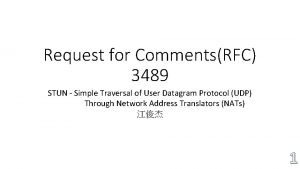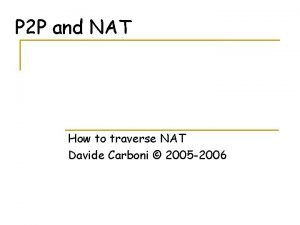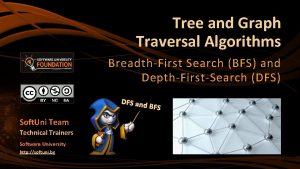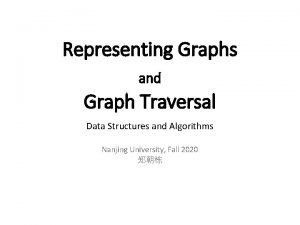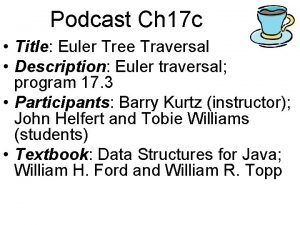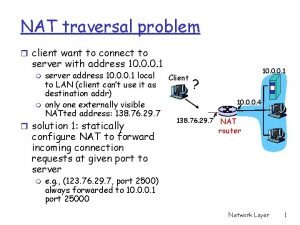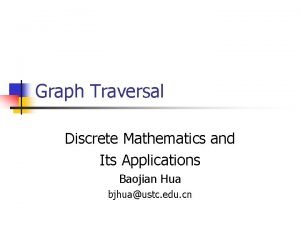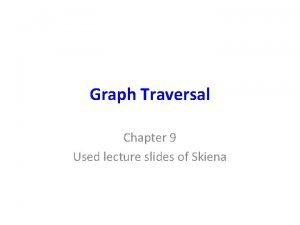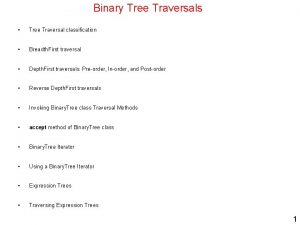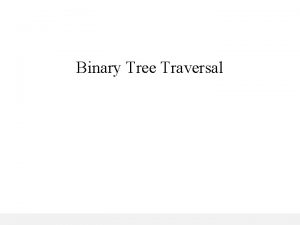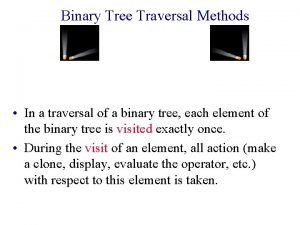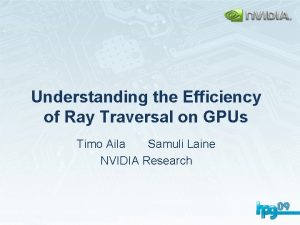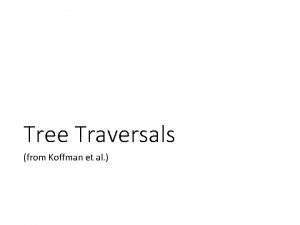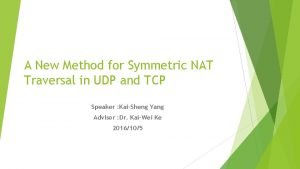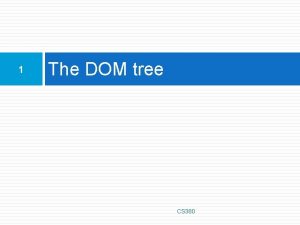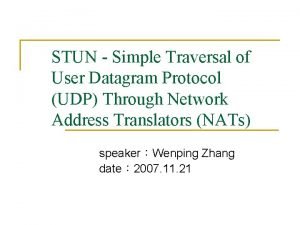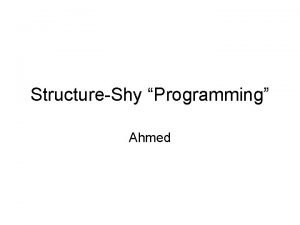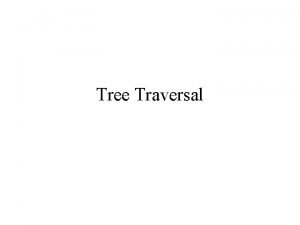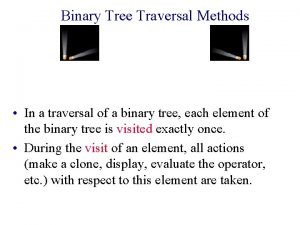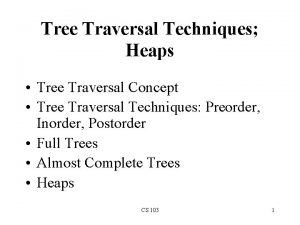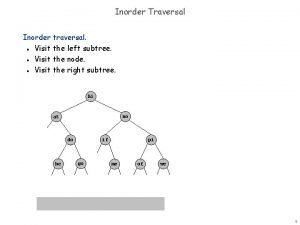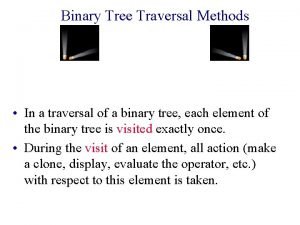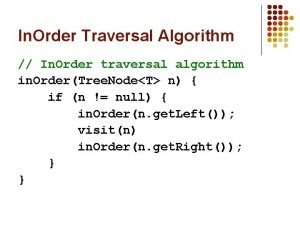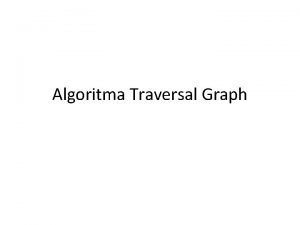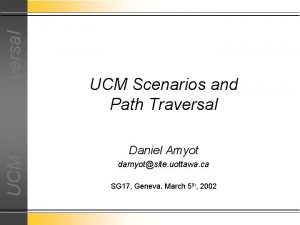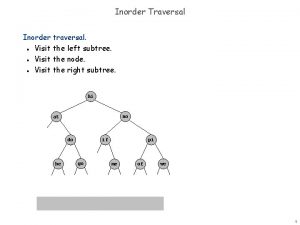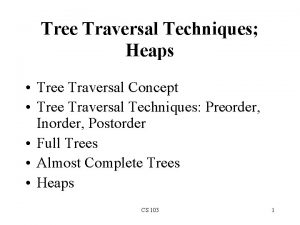Request for CommentsRFC 3489 STUN Simple Traversal of



















- Slides: 19

Request for Comments(RFC) 3489 STUN - Simple Traversal of User Datagram Protocol (UDP) Through Network Address Translators (NATs) 江俊杰 1

Outline • NAT four type Full Cone NAT Restricted Cone NAT Port Restricted Cone NAT Symmetric NAT • What is STUN ? • Testing NATs with STUN Algorithm • Conclusion 2

Full Cone NAT • A full cone NAT is one where all requests from the same internal IP address and port are mapped to the same external IP address and port 3

Full Cone NAT 4

Full Cone NAT 5

Restricted Cone NAT • Sent from the destination IP address inside the packet will be remembered, Only those who receive these packets into the NAT address can send packets, Sent here by other incoming packets, will be block. 6

Restricted Cone NAT 7

Restricted Cone NAT 8

Port Restricted Cone NAT • Restricted Cone A port restricted cone NAT is like a restricted cone NAT, but the restriction includes port numbers, An external host can send a packet, with source IP address X and source port P To the internal host only if the internal host had previously sent a packet to IP address X and port P. 9

Port Restricted Cone NAT 10

Port Restricted Cone NAT 11

Symmetric NAT • A symmetric NAT is one where all requests from the same internal IP address and port. • To a specific destination IP address and port, are mapped to the same external IP address and port. • If the same host sends a packet with the same source address and port, but to a different destination, a different mapping is used. 12

Symmetric NAT 13

Symmetric NAT 14

What is STUN ? • This protocol is not a cure-all for the problems associated with NAT. It does not enable incoming TCP connections through NAT. • It allows incoming UDP packets through NAT, but only through a subset of existing NAT types. 15

STUN 16

Testing NATs with STUN Algorithm 17

Testing NATs with STUN Algorithm 18

Conclusion • Determining the type of NAT is important in many cases. Depending on what the application wants to do, it may need to take the particular behavior into account. 19
 Nat
Nat Stun christmas dingbats
Stun christmas dingbats Nat hole punching
Nat hole punching Wrong stun server netch
Wrong stun server netch Wave algorithm in distributed system
Wave algorithm in distributed system Bfs tree
Bfs tree Graph traversal in data structure
Graph traversal in data structure Euler tour traversal
Euler tour traversal Nat traversal problem solution
Nat traversal problem solution Iterative inorder traversal
Iterative inorder traversal Bfs in discrete mathematics
Bfs in discrete mathematics Graph traversal methods
Graph traversal methods Reverse binary tree
Reverse binary tree Which of the following tree traversal holds for clr
Which of the following tree traversal holds for clr Binary tree traversal techniques
Binary tree traversal techniques Huffman tree visualization
Huffman tree visualization Understanding the efficiency of ray traversal on gpus
Understanding the efficiency of ray traversal on gpus Inorder traversal visualization
Inorder traversal visualization Wireshark
Wireshark Dom tree traversal
Dom tree traversal
